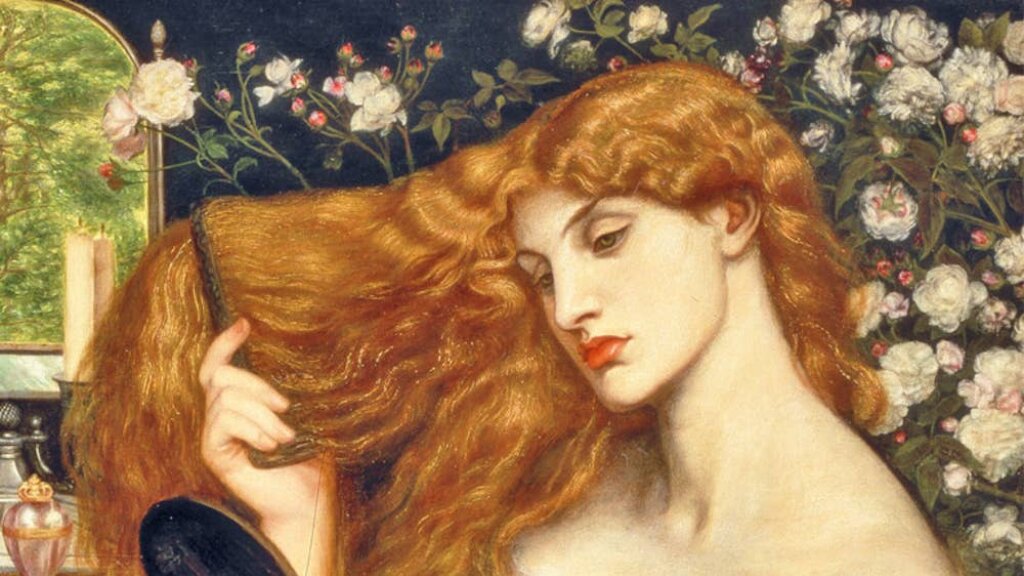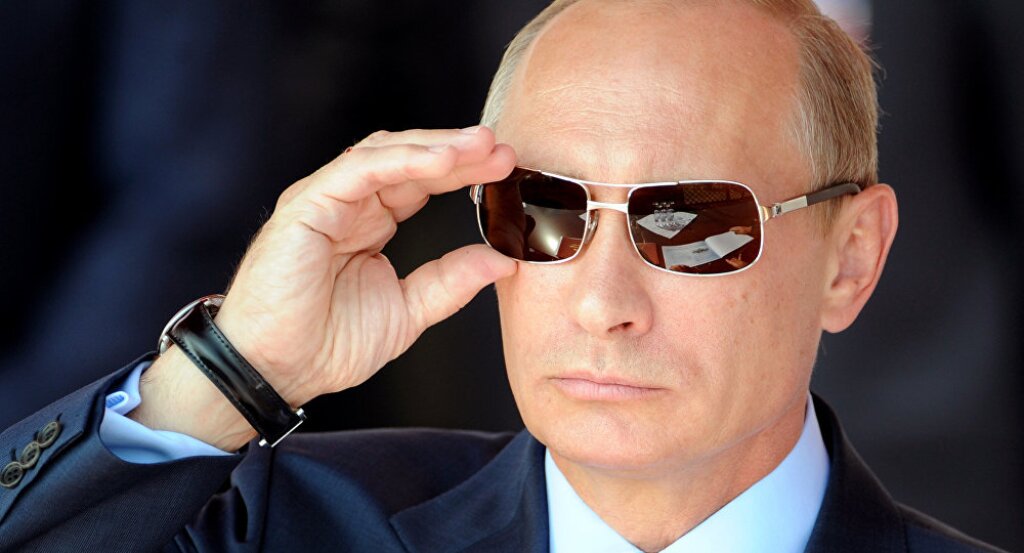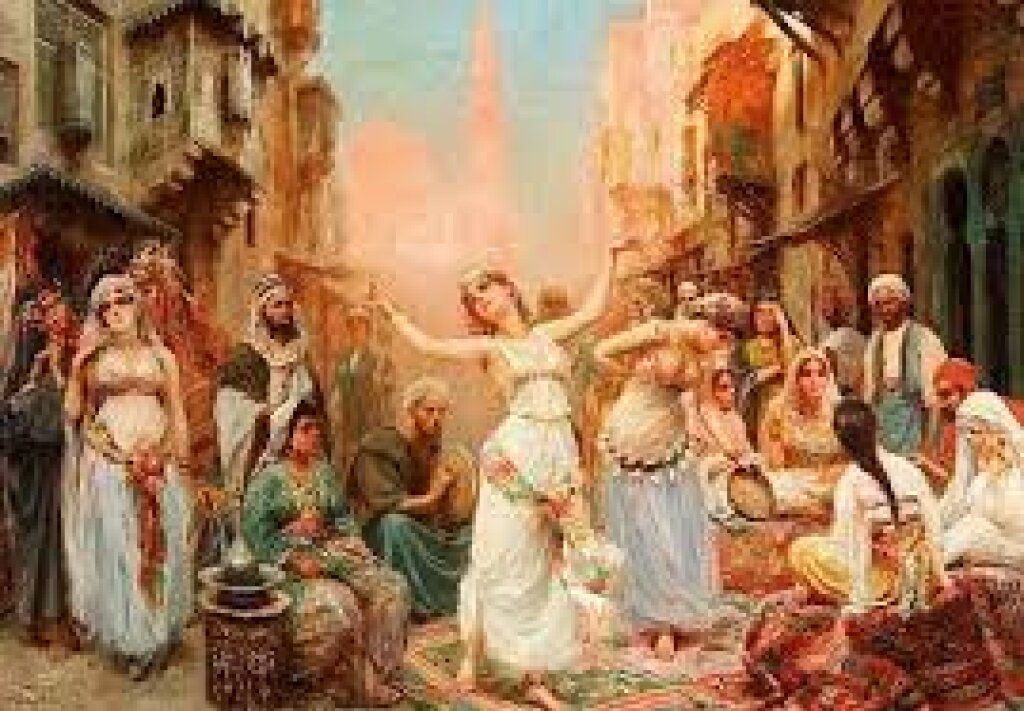This is Part I of a two-part post. Part II will appear on Thursday.
Daria V. Ezerova is a Postdoctoral Research Scholar at the Harriman Institute at Columbia University. She specializes in twentieth-century and contemporary Russian culture and society, with a focus on spatial theory, ideology, and Putin-era cinema and literature.
Russian Symbolists and the Pre-Raphaelite Brotherhood
“Absurd!” “Perverse!” “Puerile!” “Frantic trash!” Thus fumed London critics who attended the 1850 exhibition of the little-known Pre-Raphaelite Brotherhood. For the three young artists who dreamt of revolutionizing the Royal Academy of Arts – Dante Gabriel Rossetti, William Holman Hunt, and John Everett Millais, – this was a miserable start. But their fortunes reversed several months later, when John Ruskin, the leading art critic in Victorian England, proclaimed the Pre-Raphaelites so extraordinary that “if they do not suffer themselves to be driven by harsh or careless criticism[,] they may […] lay in our England the foundations of a school of art nobler than the world has seen for 300 years.”[1] Ruskin’s endorsement launched the dazzling careers of the Pre-Raphaelites.
Benefitting from the advent of photographic reproduction and the growth of international art markets, Pre-Raphaelitism became a popular and profitable artistic trend in nineteenth-century Europe. Russian Symbolists emulated Pre-Raphaelitism: Vladimir Solovyov, Dmitrii Merezhkovsky, Mikhail Vrubel, Vyacheslav Ivanov, Alexander Blok and many others expressed interest in the Pre-Raphaelite Brotherhood (hereafter PRB), yet it remains an understudied influence on Russian Symbolism. But was it merely voguish imitation? I propose that Symbolist engagement with Pre-Raphaelitism in the late nineteenth and early twentieth century challenges accepted views on Russian modernism, both those that deem it derivative and peripheral to Western Europe, and those that insist on its uniqueness. Visual and conceptual parallels with Pre-Raphaelite art in the works of Russian Symbolism, whether occurring simultaneously or with a slight lag, suggest that the Symbolists consciously invented and reinvented Russian modernism through a kaleidoscope of “shifting peripheries.” Their vision of Russia’s cultural ties to Western Europe was so volatile that within the work of a single author and at any given moment, Russia could be seen as equal to the centers of European modernism, or to their periphery, or even be a center of its own world. The works of Vladimir Solovyov, Mikhail Vrubel, and Alexander Blok illustrate how the concept of shifting peripheries can challenge the idea of a fixed center/periphery relationship between Russia and Western Europe in the late nineteenth century and reconcile European influences on Russian modernism with its national particularity.
Vladimir Solovyov
Vladimir Solovyov’s poem, “Three Meetings” (1862-75/76), is a frequently cited testament to Pre-Raphaelite influence on Russian Symbolism. Indeed, the enigmatic female subjects of Pre-Raphaelite paintings recall Solovyov’s own spiritual searching, particularly his visions of the divine Sophia – the subject of the poem. “Three Meetings” demonstrates sophisticated conceptual parallels with Pre-Raphaelite art in its fusion of divine and human elements in the image of Sophia. The tension between them becomes the poem’s central motif when the hero calls her both a “companion” (podruga) and “deity” (bozhestvo) in the opening stanzas, and peaks in the third vision of Sophia that combines an allusion to the Transfiguration of Christ with the image of Sophia’s erotically exposed body. Yet this eroticization does not debase her – in fact, it is only by seeing Sophia in the flesh that the hero can assess the divine truth.
The same tension between the divine and the human informs Pre-Raphaelite art, particularly the paintings of Rossetti, whose Beata Beatrix (1864-1870) parallels “Three Meetings.” Steeped in mystery and symbolism, Beata Beatrix fuses the transcendental and the earthly. Consider three possible interpretations of the central figure. First, it is a painting of Beatrice Portinari, Dante’s beloved, at the moment of her death, her soul’s transcendental ascent to heaven. Secondly, it is the embodiment of romantic passion. Finally, it is a portrait of Elizabeth Siddal, Rossetti’s own lover and model, whom he saw as a Beatrice to his Dante. Only by considering both her divine and human features can we understand the painting’s mysterious subject.
Why were Rossetti and Solovyov so infatuated with the mystical female figure as an embodiment of some higher truth? Likely inspired by the images of female godheads from Christian and Jewish mysticism, these images resurfaced in the late-nineteenth century Europe due to a crisis of faith, spurred by the speed of scientific breakthroughs that shook religious Weltanschauung, and by a search for other forms of spirituality that followed. Remember the popularity of seances and occultism at that time. Solovyov’s godlike Sophia and the ethereal pre-Raphaelite maidens are products of shared modern(ist) sensibilities, even though Russia’s experience of modernity was different from that of Great Britain. It follows that, considering the accelerated rate of cultural exchanges in mid- and late nineteenth century, the peripherality of Russian modernism was at least partly self-determining. At that time, European cultural developments were well-known to Russian authors, who hardly considered themselves insufficiently modern and felt at liberty to constantly shift Russia’s position on the map of European modernism, depending on whether they thought of Russia’s ostensible peripherality as entirely debilitating or paradoxically advantageous. Solovyov’s vision, as shown by his engagement with Pre-Raphaelitism in “Three Meetings,” shifted Russia’s purportedly peripheral position in a way that perfectly aligned it with concurrent cultural trends in Europe.
[1] John Ruskin, “The Pre-Raphaelite Artists,” London Times, May 30, 1851.



